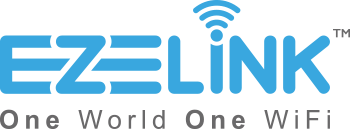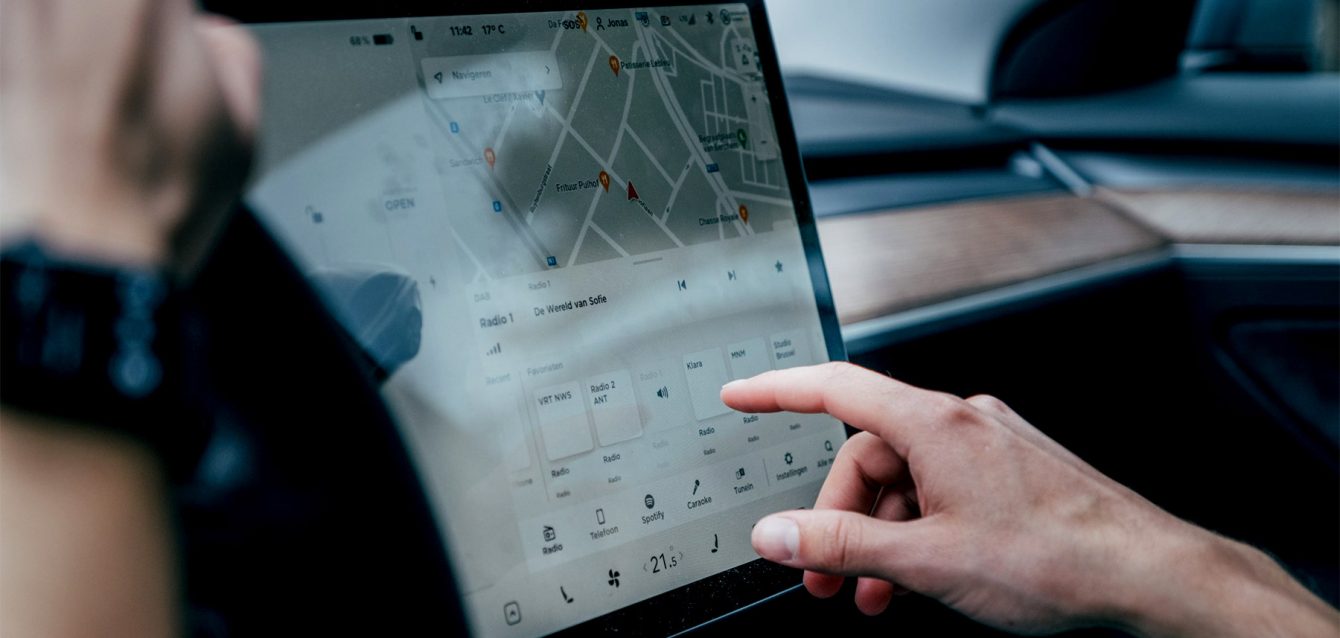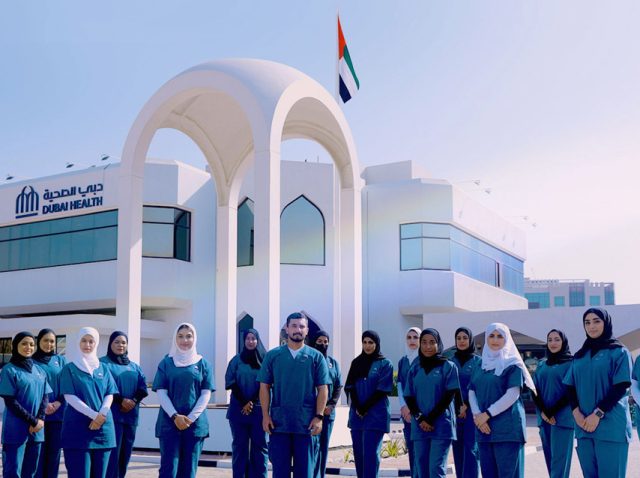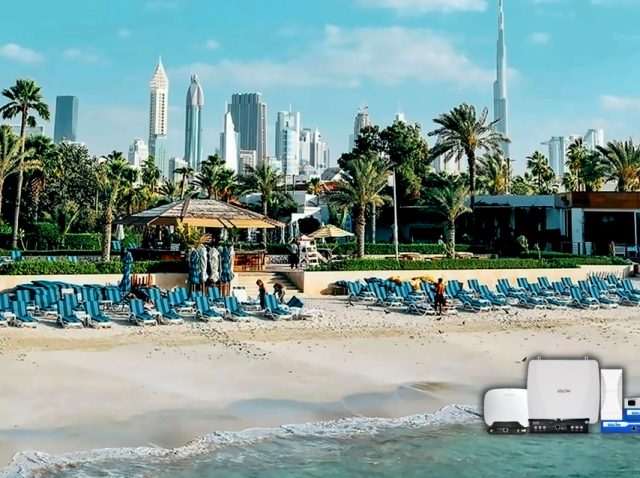In the rapidly advancing digital landscape of 2025, connectivity is the backbone of innovation, productivity, and customer satisfaction. Upgrading to new Wi-Fi standards like Wi-Fi 6E and Wi-Fi 7 offers transformative benefits for businesses, telecom providers, and end-users alike. We explore the advantages of these cutting-edge technologies, focusing on faster speeds, improved customer experiences, and long-term cost efficiency. With a spotlight on the Gulf Cooperation Council (GCC) region—where smart cities, IoT ecosystems, and high internet penetration are priorities—these insights reveal how modern Wi-Fi standards are shaping the future of connectivity.
The Evolution of Wi-Fi Standards in 2025
Wi-Fi technology has come a long way, with Wi-Fi 7 (IEEE 802.11be) pushing theoretical speeds to an astonishing 46 Gbps and reducing latency to near-instantaneous levels. These advancements aren’t just technical milestones—they’re game-changers for how we live, work, and connect. In regions like the GCC, where digital transformation is accelerating through initiatives like Saudi Vision 2030 and the UAE’s Smart Dubai project, adopting these standards is critical to meeting growing demands. High internet penetration—94% in Saudi Arabia and 99% in the UAE as of 2025—underscores the need for robust, reliable networks capable of supporting millions of devices and data-intensive applications.
Benefits of Upgrading to New Wi-Fi Standards
Unleashing Faster Speeds for Seamless Performance
Wi-Fi 7’s use of the 6 GHz band and wider 320 MHz channels delivers speeds that dwarf its predecessors. While Wi-Fi 6E offers up to 9.6 Gbps, Wi-Fi 7’s potential quadruples that, making it ideal for bandwidth-heavy tasks like 8K video streaming, virtual reality (VR), and cloud gaming.
- User Benefit: Faster speeds mean instantaneous access to content, whether it’s streaming a movie or downloading large files in seconds.
- GCC Impact: In smart cities like NEOM, where real-time data processing powers everything from traffic management to energy grids, high-speed Wi-Fi ensures residents and businesses experience uninterrupted service.
“Wi-Fi 7 turns connectivity into a superpower. Its speed keeps pace with the demands of tomorrow’s digital world,” says Sarah Al-Mansoori, a telecom analyst based in Dubai.
Slashing Latency for Real-Time Responsiveness
Low latency is a standout feature of new Wi-Fi standards. Wi-Fi 7’s Multi-Link Operation (MLO) allows devices to use multiple frequency bands simultaneously, cutting delays to as little as 1 millisecond. This is a boon for applications requiring instant feedback, like online gaming, video calls, and IoT systems.
- Practical Advantage: Near-zero latency ensures smooth video conferencing with no lag and responsive smart home controls.
- GCC Relevance: With IoT devices projected to reach 430 million in the GCC by 2030, low-latency Wi-Fi supports real-time innovations like remote healthcare in Qatar and smart traffic systems in Riyadh.
Boosting Performance in High-Density Environments
Wi-Fi 7 excels in crowded settings, supporting up to 500 simultaneous connections per access point—five times more than Wi-Fi 5. Features like Orthogonal Frequency Division Multiple Access (OFDMA) optimize bandwidth, making it perfect for busy offices, malls, or urban apartments.
- Real-World Gain: Users in high-traffic areas experience consistent performance, even with dozens of devices connected.
- GCC Context: In bustling hubs like Dubai, with its malls, stadiums, and skyscrapers, Wi-Fi 7 manages dense device ecosystems effortlessly, meeting the needs of a hyper-connected population.
Lower Churn & Better Customer Experience
Retaining Customers with Reliable Connectivity
Customer retention is a top priority for telecoms and ISPs worldwide, and the GCC is no exception. In Europe, providers have reduced churn by 15-20% by upgrading to Wi-Fi 6 and beyond—a trend gaining traction in the GCC as competition heats up among giants like STC, Etisalat, and Ooredoo.
- CPE Upgrades: Modern Customer Premises Equipment (CPE), such as Wi-Fi 7 routers, minimizes dropped connections and buffering—common complaints that drive customers away.
- Customer Impact: Fewer disruptions translate to higher satisfaction, keeping subscribers loyal in a competitive market.
“Reliability is the new gold standard in telecom. Upgrading CPEs is a simple fix with a massive payoff,” notes Ahmed Al-Jaber, a GCC-based ISP consultant.
Elevating Experiences in a Connected World
In 2025, a superior connectivity experience is non-negotiable. Whether it’s seamless e-commerce in the GCC’s $50 billion market or remote work in Europe’s hybrid offices, new Wi-Fi standards deliver unmatched performance.
- Enhanced Features: Faster Wi-Fi supports data-heavy applications like AI-driven smart assistants and immersive AR experiences, enriching user interactions.
- GCC Advantage: With smartphone penetration at 85% and IoT adoption soaring, enhanced Wi-Fi ensures smooth performance for everything from smart home controls to online shopping, delighting tech-savvy users.
Long-Term Cost Efficiency
Cutting Operational Costs with Smarter Hardware
Upgrading to Wi-Fi 7 may require an upfront investment, but the long-term savings are substantial. A 2025 industry report found that ISPs deploying Wi-Fi 7 reduced support calls by 30%, saving an average of $10 per customer annually.
- Fewer Interventions: Advanced hardware minimizes connectivity issues, reducing the need for truck rolls (on-site technician visits) and technical support tickets.
- Business Benefit: Lower operational costs free up resources for innovation, allowing companies to invest in growth rather than maintenance.
Future-Proofing for Scalability
Wi-Fi 7’s scalability ensures networks can handle emerging technologies like augmented reality (AR), 8K streaming, and smart infrastructure without frequent upgrades.
- GCC Vision: With Saudi Arabia committing $100 billion to digital infrastructure by 2030, scalable Wi-Fi aligns with long-term goals, supporting ambitious projects like smart grids and autonomous transport.
- Quote: “Wi-Fi 7 isn’t just a tool—it’s a foundation for the next decade of connectivity,” says Fatima Al-Sayed, a tech strategist in Bahrain.
Practical Applications of Wi-Fi Upgrades
Empowering Smart Cities and IoT Ecosystems
In the GCC, smart cities are redefining urban living. Wi-Fi 7’s speed and capacity power IoT ecosystems, connecting everything from streetlights to security cameras.
- Example: In Dubai, Wi-Fi 7-enabled networks support real-time traffic updates, reducing congestion and improving quality of life.
- Scalability: As IoT adoption grows, these networks can expand seamlessly, meeting future demands without overhaul.
Enhancing Business Productivity
For businesses, reliable Wi-Fi is a productivity booster. Whether it’s cloud-based collaboration in a Riyadh office or VR training in an Abu Dhabi warehouse, new standards ensure smooth operations.
- Benefit: Employees stay connected and efficient, even in device-heavy environments.
- Cost Saving: Fewer disruptions mean less downtime, translating to higher output and profitability.
Transforming Home Connectivity
At home, Wi-Fi 7 supports the modern family’s needs—streaming, gaming, and smart appliances running simultaneously without a hitch.
- User Win: Multiple 8K streams and IoT devices operate flawlessly, enhancing daily life.
- GCC Trend: With households averaging 10+ connected devices, upgraded Wi-Fi meets the region’s growing appetite for tech.
The Future of Connectivity Starts Now
Upgrading to new Wi-Fi standards like Wi-Fi 6E and Wi-Fi 7 is more than a technical decision—it’s a strategic move with far-reaching benefits. From delivering lightning-fast speeds and low latency to reducing churn and operational costs, these technologies empower businesses, ISPs, and users alike. In the GCC, where digital innovation is a cornerstone of economic growth, embracing these standards positions the region as a global leader in connectivity. As we move deeper into 2025, the message is clear: the future is fast, reliable, and cost-efficient—and it starts with Wi-Fi.





